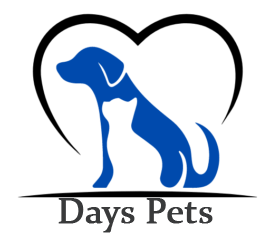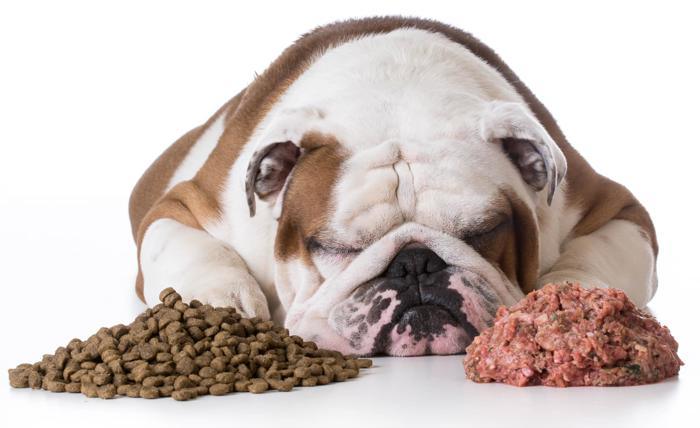Choosing between raw feeding and kibble isn’t about joining a side. It’s about understanding nutrition, safety, and what actually keeps your dog thriving, what pet food makes them tick. Let’s cut through the noise and look at what matters — the food, the science, and your dog’s lifestyle.
Why the Raw vs Kibble Debate Matters
For years, owners have argued over which bowl builds a healthier dog. Raw feeders say “nature knows best.” Kibble fans point to decades of vet-backed research and convenience.
The truth? Both camps have a point. A British Journal of Nutrition study found that raw and cooked diets can each improve a dog’s gut microbiome — proving quality matters more than ideology.
So, raw feeding isn’t a magic bullet. It often beats cheap kibble, sure, but when you stack it up against premium dry food, the line blurs. The real question is what fits your dog and your routine.
Nutritional and Digestive Differences Between Raw and Kibble
Raw meals are unprocessed, so nutrients stay closer to their natural form. That means fewer amino acids destroyed by heat and more moisture — around 70 to 80 percent compared to kibble’s dry 10 to 12. It’s why many raw-fed dogs drink less water and still stay hydrated.
Kibble, on the other hand, wins on balance. Every scoop is portioned with vitamins, minerals, and tested nutrient ratios that meet AAFCO standards. Raw diets can match that, but only if you’re careful with calcium, phosphorus, and fat levels.
And don’t overlook the small details: raw eggs can deplete biotin if fed daily; raw fish can break down thiamine unless frozen first. Tiny things — but they matter.
Raw Feeding Safety: Pathogens, Hygiene, and Handling Risks
This is where raw gets tricky. Meat carries life — and with it, bacteria. Salmonella, E. coli, Listeria… even the best commercial raw diets can test positive. A Dutch study found harmful bacteria in 86 percent of samples. That doesn’t mean your dog will get sick — it means you need discipline.
Clean bowls. Wash hands. Freeze properly. Keep prep areas separate from your own meals.
Kibble skips that worry because the extrusion process kills almost everything. That’s why vets lean on it for multi-pet households or families with young kids. Raw feeding can be done safely, but it’s a responsibility, not a shortcut.
Raw Dog Food vs Kibble: Pros and Cons
| Feature | Raw Diet | Kibble (High-Quality) |
| Freshness & processing | Minimal heat, more natural enzymes | Processed, but nutrient fortified |
| Water content | 70–80% moisture, helps hydration | 10–12%, dogs drink more water |
| Digestibility | Often gentle on digestion | Optimised for balance |
| Nutrient safety | Must balance manually | Guaranteed ratios |
| Pathogen risk | Higher if mishandled | Very low |
| Convenience | Requires freezer space & prep | Scoop-and-serve easy |
| Cost & time | Pricier, more work | Affordable, consistent |
Raw feels “real.” Kibble feels reliable. You decide which matters more day to day.
When Raw Feeding Works — and When It Doesn’t
Raw feeding shines for owners who love control — those who enjoy weighing, portioning, and knowing every ingredient. It’s also ideal for dogs with allergies who need clean, single-protein diets.
But kibble has its moments too. If you travel often, share your home with kids, or need a diet that never spoils in the pantry, dry food wins for practicality. Many owners even mix the two — raw in the morning, kibble at night — to balance freshness and convenience.
There’s no moral high ground here. Only what works.
How to Choose the Right Diet for Your Dog
Look beyond the label. “Complete and balanced” should appear clearly on packaging, whether it’s raw or dry. If it’s raw, choose brands that use high-pressure pasteurisation (HPP) or test for pathogens.
Track your dog’s stool, energy, and coat over a month. Rotate proteins every few weeks to avoid overloading one nutrient. And if you’re mixing diets, introduce change gradually — sudden swaps can upset digestion.
A good diet isn’t the one that sounds right on paper. It’s the one your dog thrives on in real life.
FAQs About Raw Feeding and Kibble Diets
Is kibble really unhealthy?
Not at all. Cheap kibble can be filler-heavy, but premium dry food built to AAFCO or NRC standards is balanced, safe, and backed by decades of nutritional data.
Can I switch to raw if my dog has allergies or sensitivities?
You can — but go slow. Many dogs do better without grains or additives, but raw isn’t automatically hypoallergenic. Introduce new proteins gradually, and check in with your vet if symptoms persist.
Final Thoughts
Raw feeding asks for effort; kibble asks for trust. One gives you control, the other gives you consistency. Either can work — what matters is awareness.
Feed with curiosity. Watch how your dog responds. Whether the food comes from a fridge or a bag, a healthy bowl always starts with an informed human.




